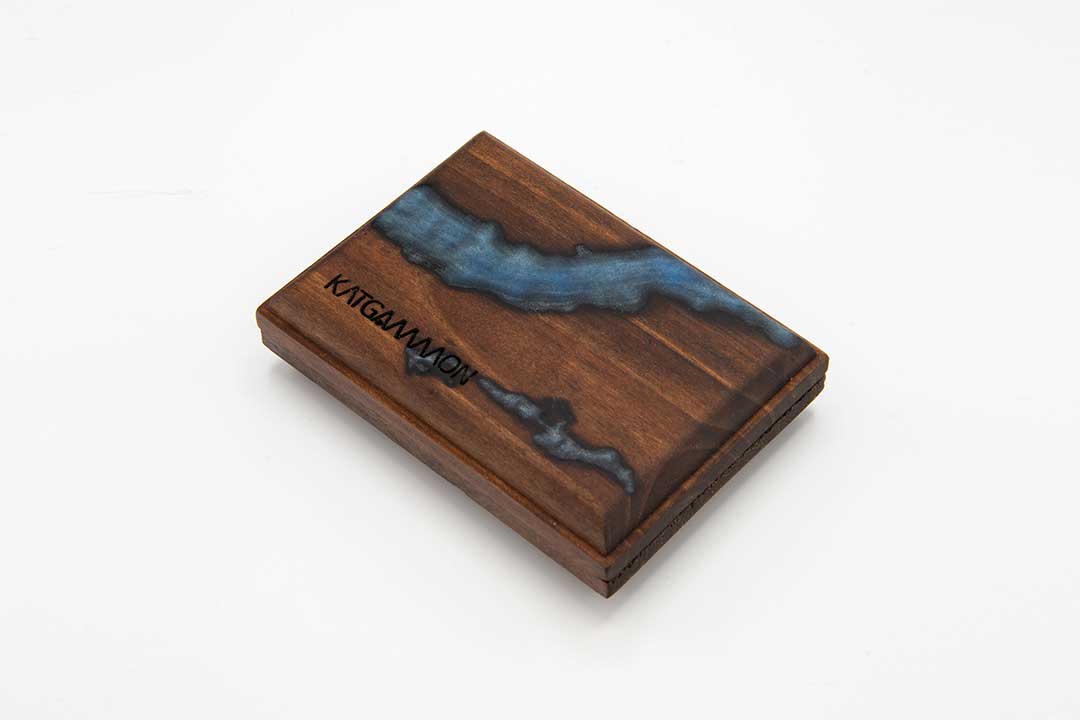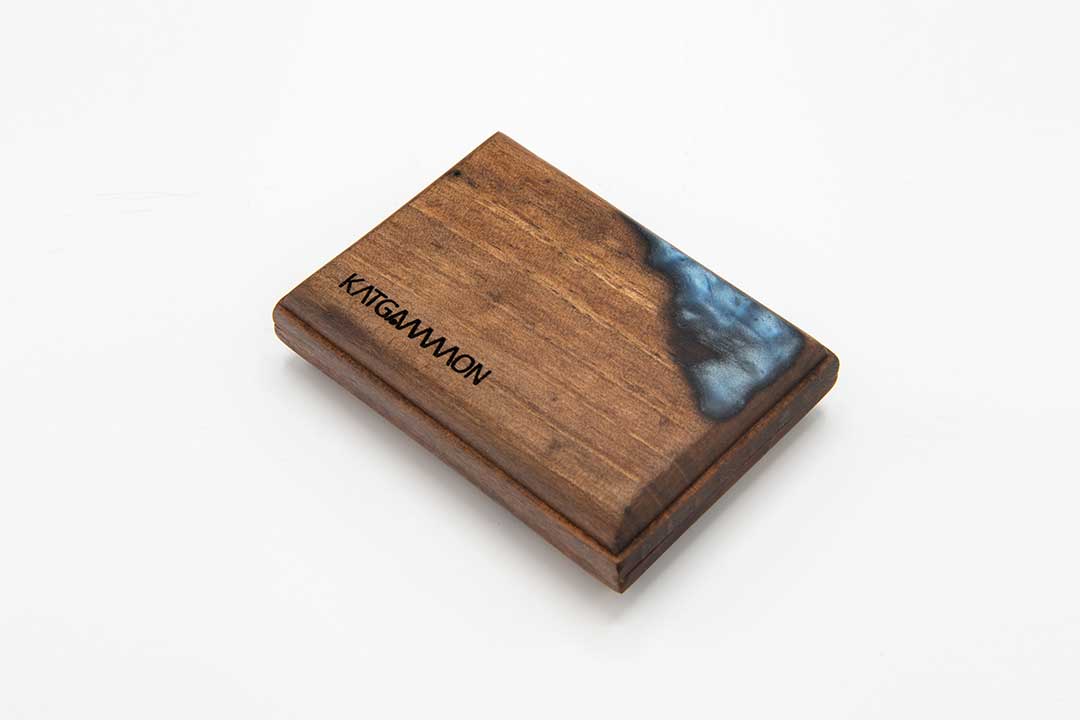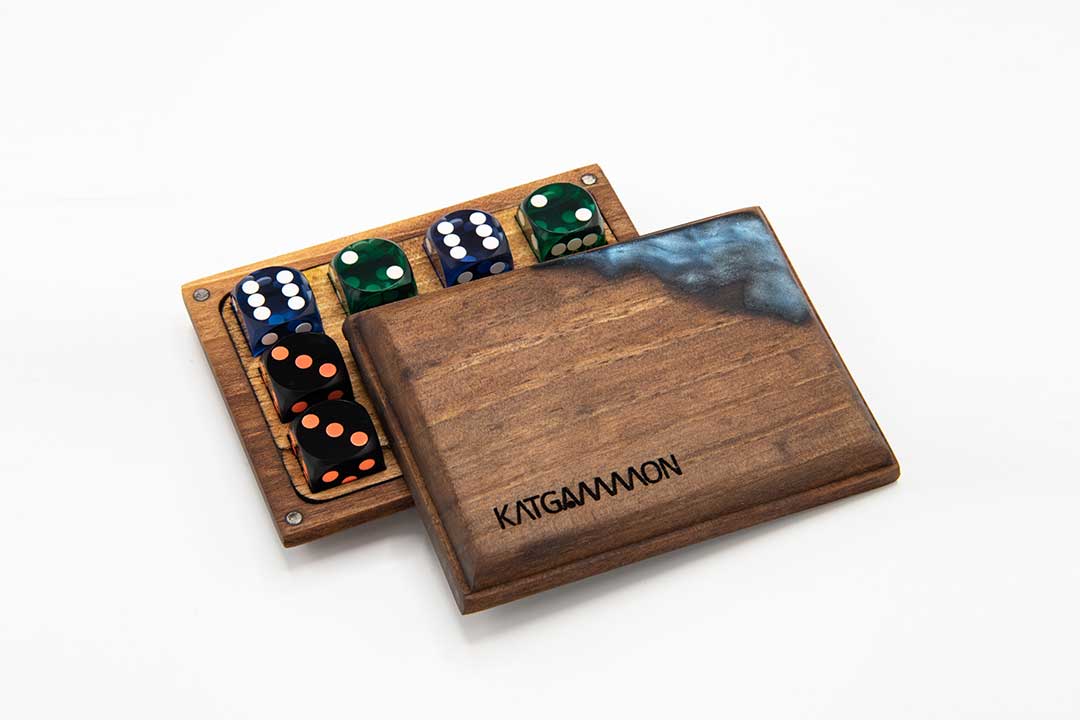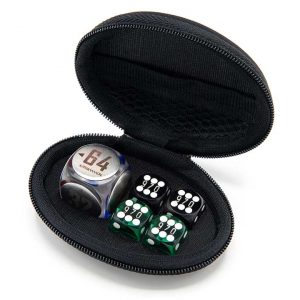Precision Dice box
Protect your treasure!
Katgammon dice cases are produced from durable material to securely store your valuable delicate precision dice. The interior is coated with spongy soft texture to avoid any possible damage or scratch.
The case holds the dice inside still and strong magnet is applied in the lid.







Reviews
There are no reviews yet.